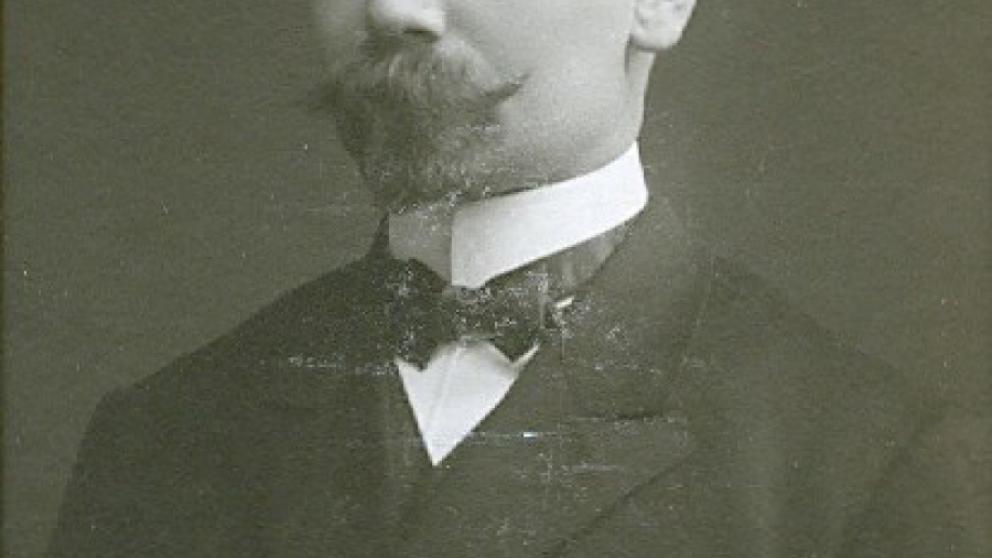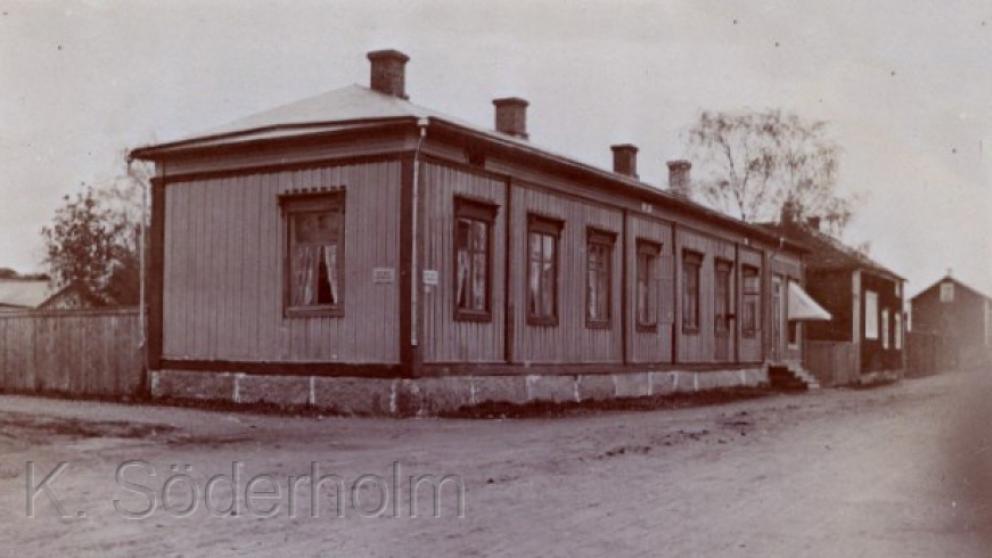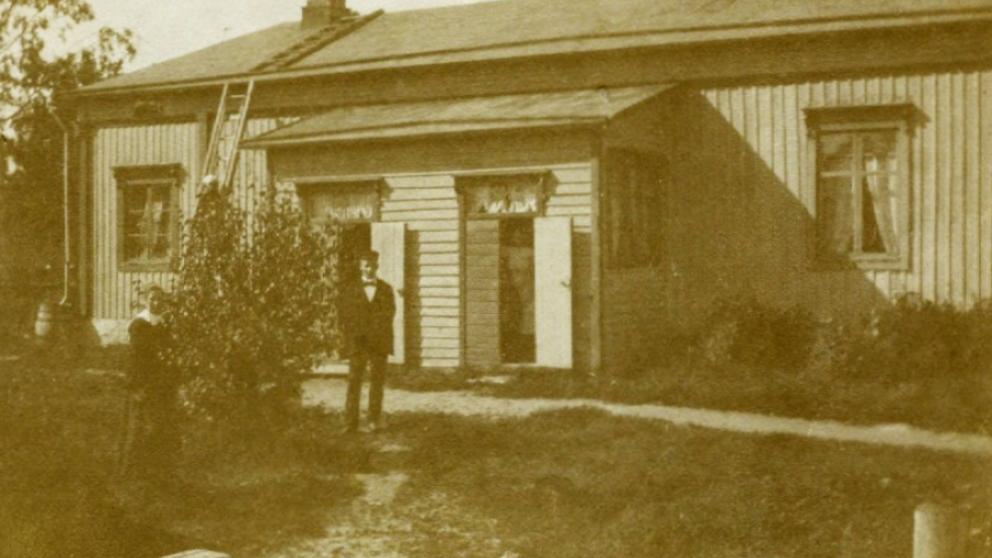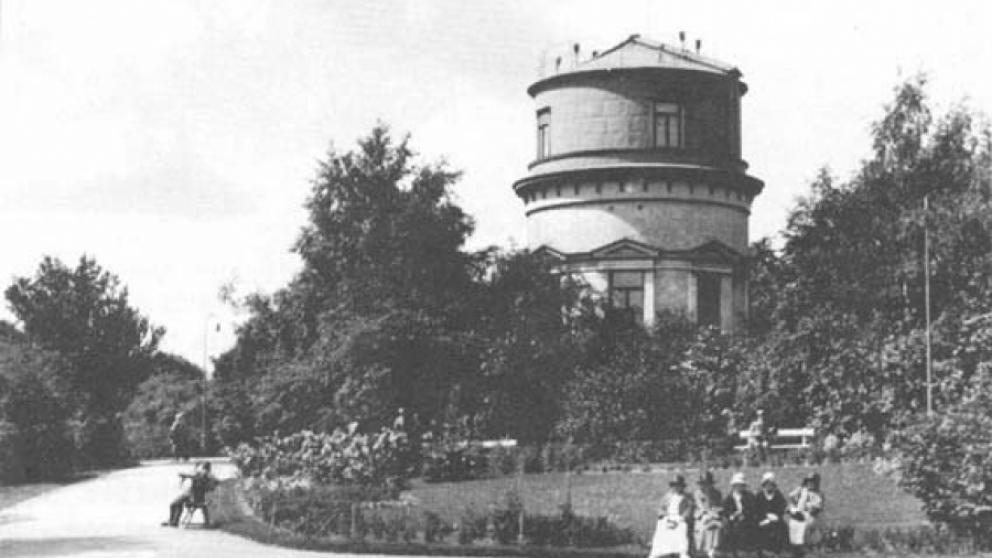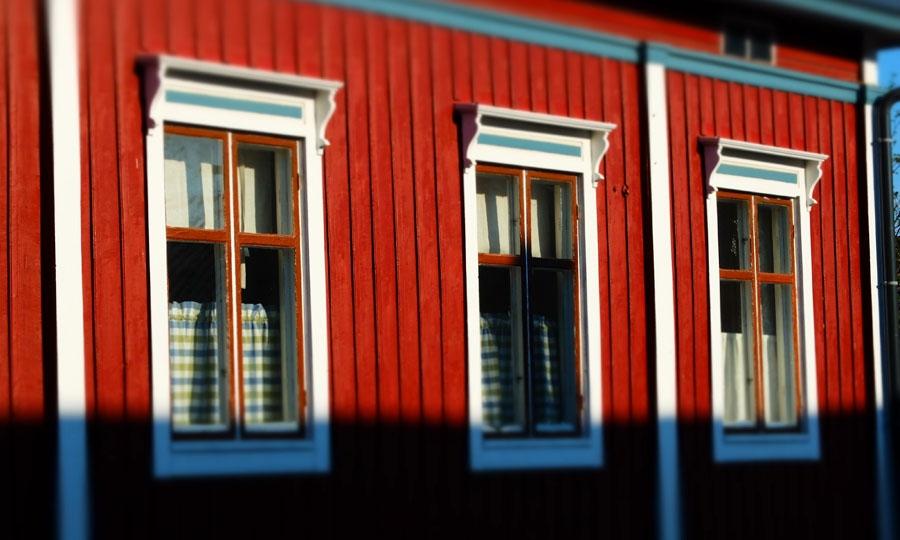
Rådhusgatan 23 - Karl Fritiof Sundman
Karl Fritiof Sundman
Astronomer and mathematician
(b. 1873 - d. 1949)
Karl Fritiof Sundman is one of the most important figures in the history of mathematics in Finland. He was born in Kaskinen in 1873 to a relatively poor family. His parents wanted him to become a fisherman; however, Sundman showed an early interest in reading and theoretical learning. Therefore, his parents struggled to pay for private tutoring, to make sure he could study in Helsinki.
It later become clear that this investment had been worthwhile. Karl Sundman became Professor of Astronomy at the University of Helsinki, and his work as a scientist became internationally recognised. Such a leap from poverty to academic success was quite rare at that time and the people of Kaskinen were especially proud of his accomplishments.
What exactly had he done, then? He received his doctorate by age 30, and it was not long before he came to the attention of the international scientific community. He used analytical methods to prove the existence of a convergent infinite-series solution to the three-body problem in 1906 and 1909. This was such a big step in mathematics that he was awarded the Pontécoulant prize by the French Academy of Science in 1913 for this work. In recognition of the importance of his solution, the prize money was doubled that year.
People in Kaskinen remember Sundman as a friendly man, and, besides respecting his success, they continue to share the funny stories that began to circulate about 'the professor'. According to one of them, he calculated the exact numbers of nails and logs needed for his new villa on Eskilsö before the building work even started.
His successful career is marked also in a perhaps more lasting way: the lunar crater Sundman is named after him, as is the asteroid 1424 Sundmania.

